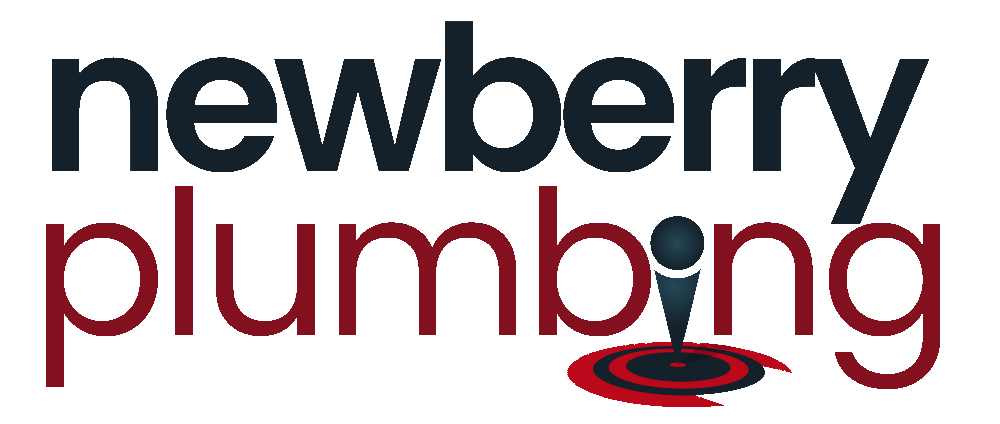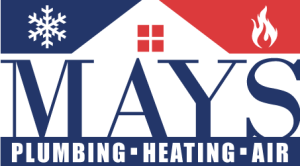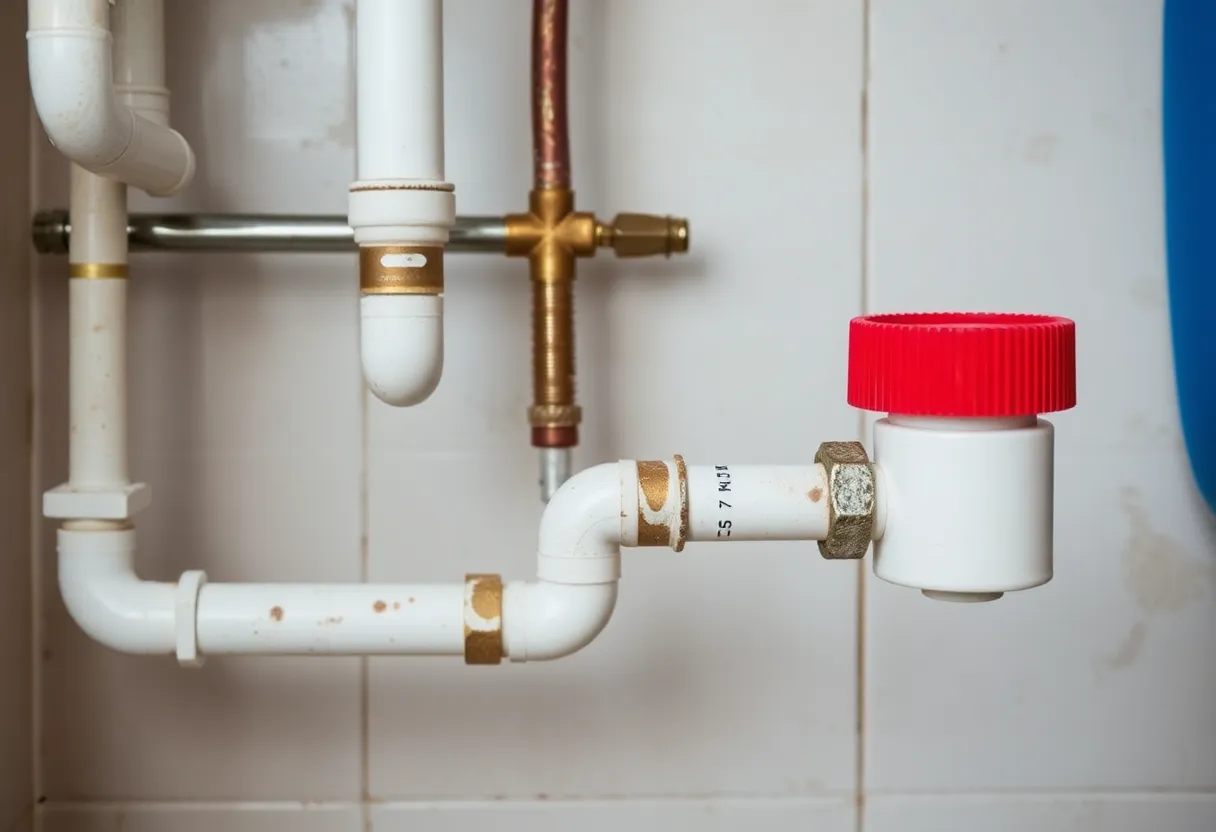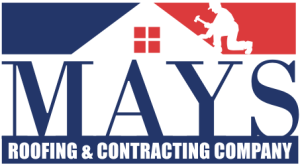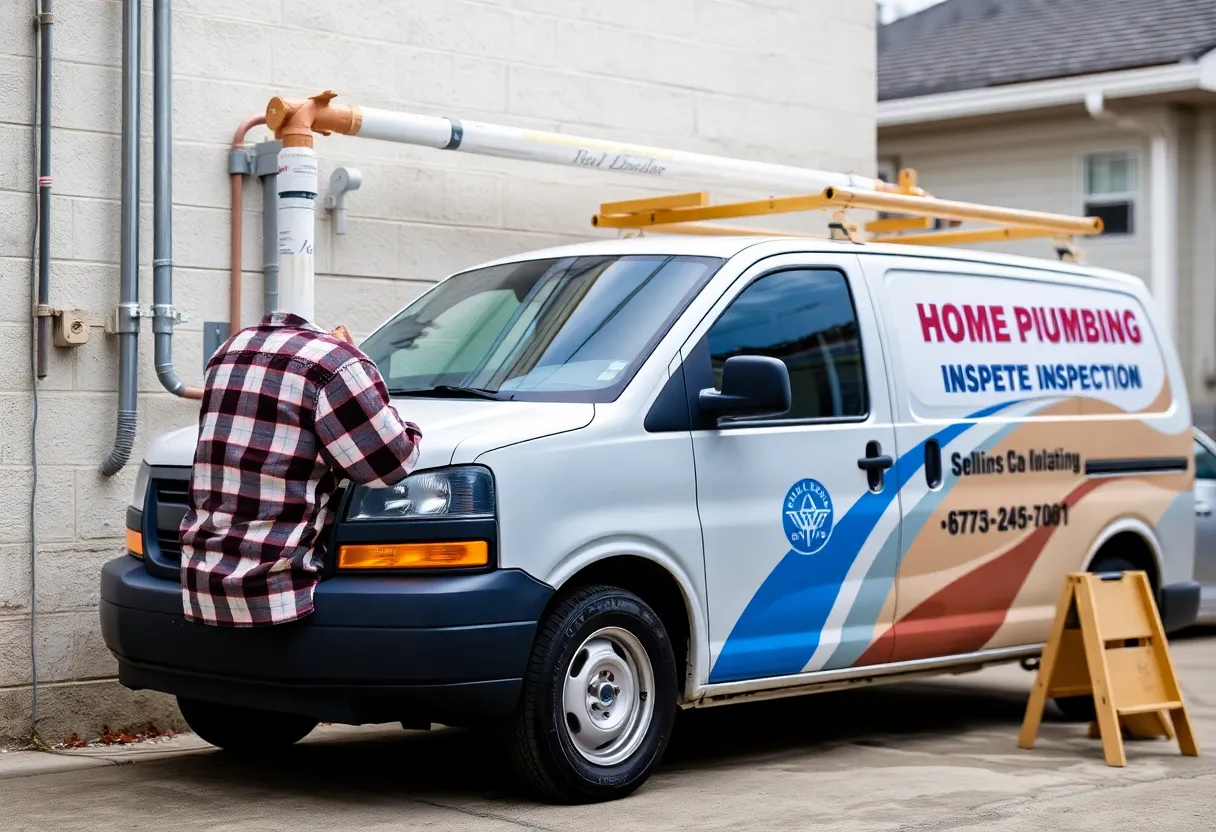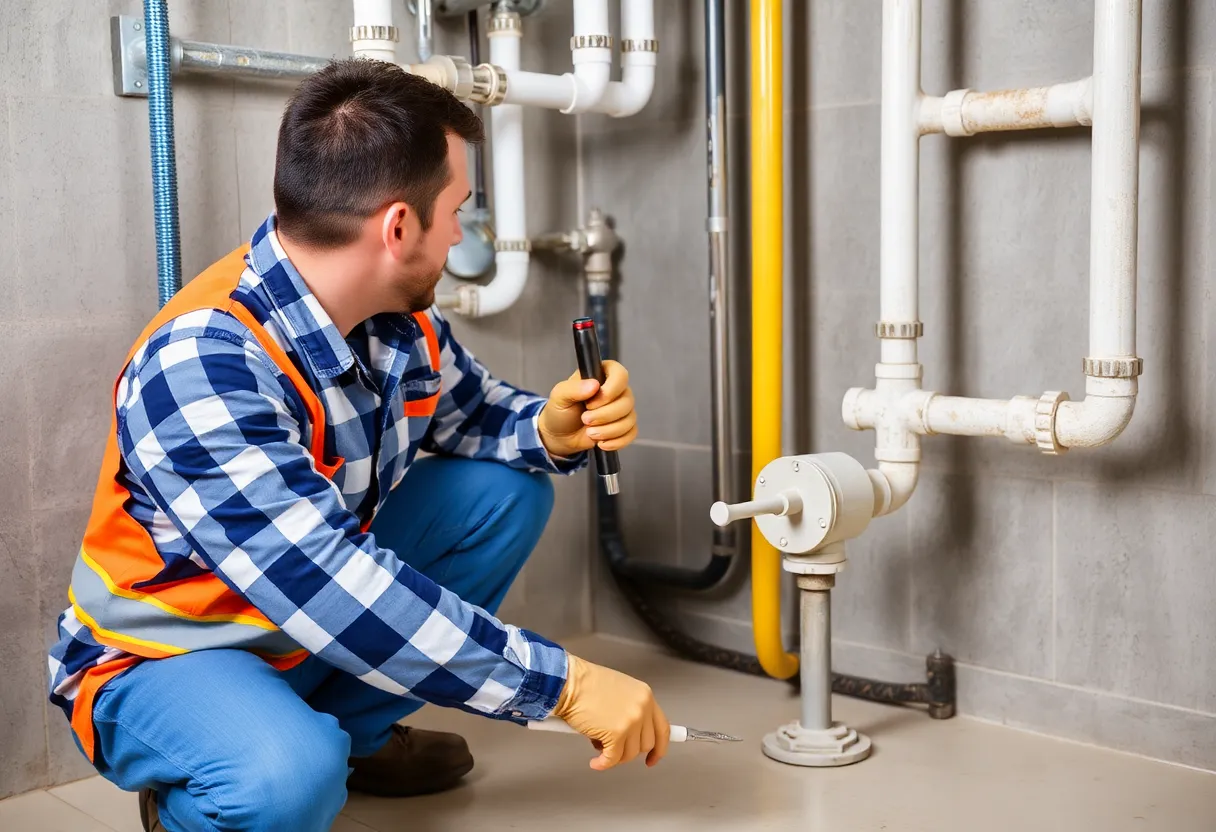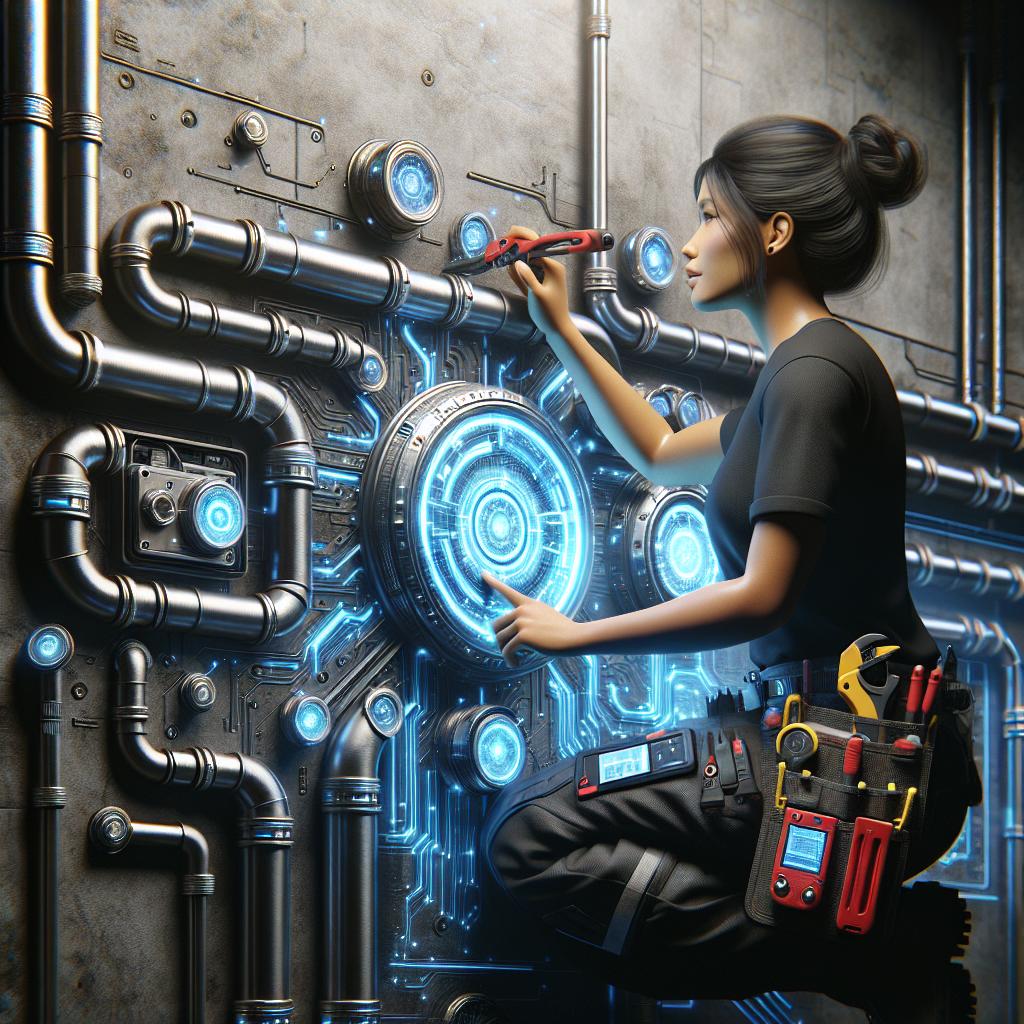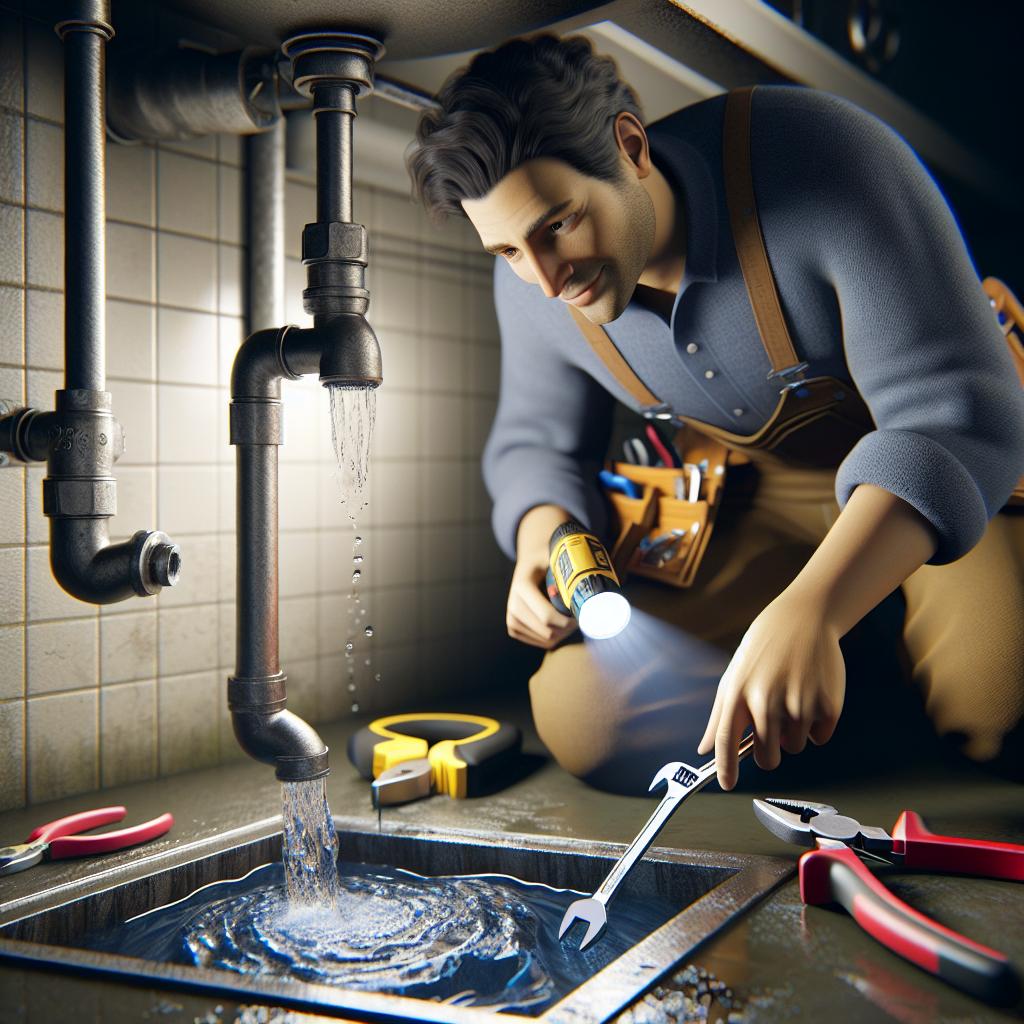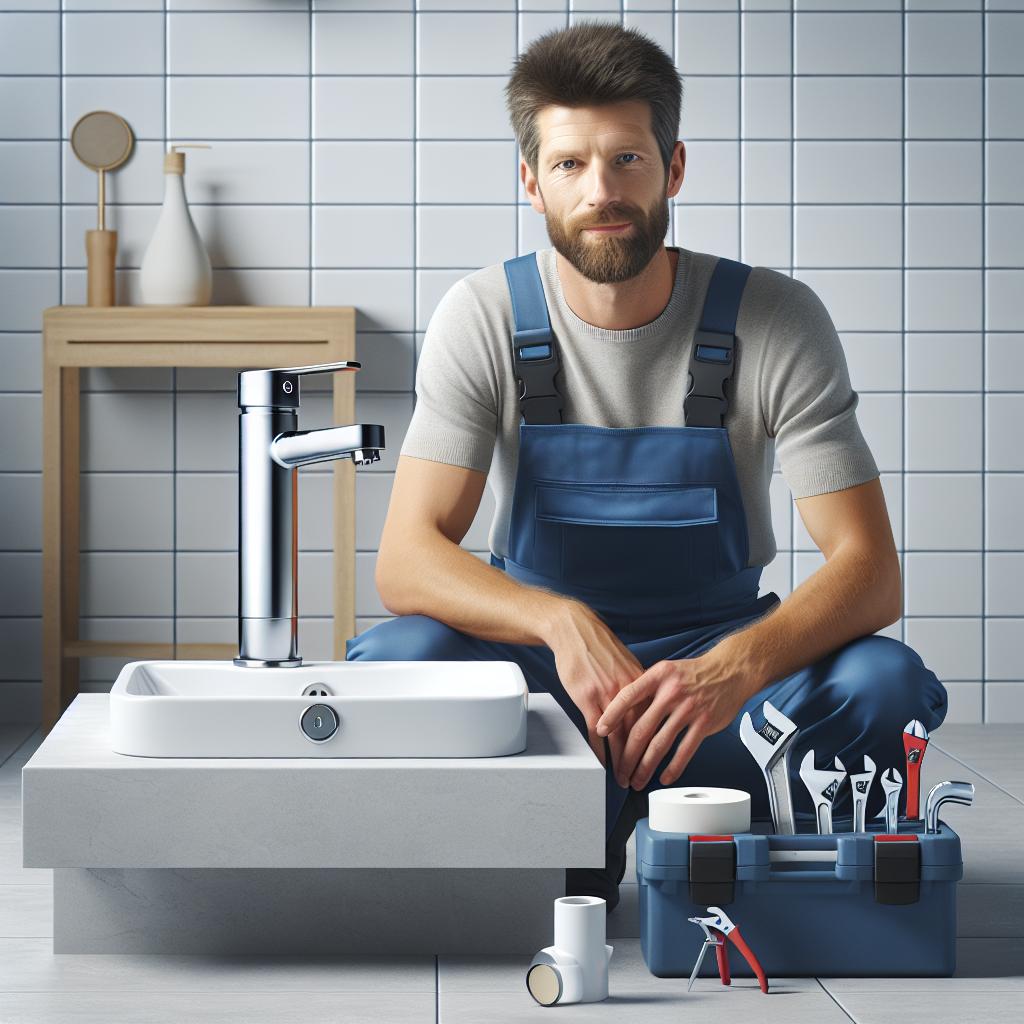The Pipeline Break: 9 Signs Your Home’s Plumbing is in Critical Condition
Your home’s plumbing system is a complex network that plays an essential role in keeping your living space comfortable and functional. When things go awry, the consequences can be severe, ranging from minor inconveniences to catastrophic failures. Recognizing the signs of plumbing issues early can save you time, money, and headaches. In this article, we will explore nine critical signs that indicate your home’s plumbing may be in dire need of attention.
1. Unpleasant Odors
One of the first signs that your plumbing may be in trouble is the presence of unpleasant odors. These smells can stem from various issues, including:
- Clogged Drains: Debris accumulating in your pipes can lead to a buildup of bacteria, causing foul smells.
- Broken Sewer Lines: A break or crack in a sewer line can release noxious gases into your home.
- P-trap Issues: A dried-out P-trap can allow sewer gases to escape into your living space.
If you notice any strange or offensive smells, it may be time to investigate the source.
2. Low Water Pressure
Sudden drops in water pressure can be an alarming signal that something is amiss with your plumbing system. Factors that contribute to low water pressure include:
- Leaking Pipes: A leak anywhere in your plumbing can result in a significant loss of water pressure.
- Clogged Pipes: Mineral deposits or debris buildups can restrict water flow through your piping.
- Faulty Pressure Regulators: If you have a pressure regulator installed, a malfunction can affect the water pressure throughout your home.
Checking for low water pressure regularly can help catch plumbing issues before they worsen.
3. Water Stains on Walls or Ceilings
Another alarming sign of plumbing trouble is the appearance of water stains on walls or ceilings. These stains can indicate leaks from pipes hidden behind walls, ceilings, or floors. Be on the lookout for:
- Darkened Spots: Dark spots or discoloration can be signs of moisture intrusion.
- Peeling Paint: Paint that is bubbling or peeling may be a sign of excessive moisture.
- Mold Growth: Mold or mildew often follows leaks and can pose health risks.
Addressing apparent water stains promptly can prevent further damage and mold growth.
4. Gurgling Sounds
If you hear gurgling sounds when using sinks, toilets, or bathtubs, it may signal an issue with your plumbing vents. These sounds occur when air escapes through a blockage in the drainage system. Possible causes include:
- Clogs: Blockages can trap air in your plumbing, leading to gurgling noises.
- Vent Pipe Issues: The plumbing vent pipes may be clogged or damaged, affecting airflow.
- Sewer Line Problems: Problems within the sewer line can also contribute to unusual sounds.
Ignoring these sounds can lead to more severe plumbing issues, so taking notice is vital.
5. Frequent Drain Clogs
While occasional clogs are a common nuisance, experiencing frequent drain clogs can be indicative of underlying plumbing problems. Possible reasons may include:
- Tree Roots: Roots from nearby trees can infiltrate pipelines, causing clogs.
- Aging Pipes: Older pipes may corrode or develop cracks, leading to clogs.
- Shared Plumbing Lines: Connections to shared pipes can cause multiple drains to clog frequently.
Identifying the root cause can help to determine the best course of action to resolve these issues.
6. Water Everywhere
One of the most alarming signs of a plumbing crisis is discovering water pooling in areas where it should not be, such as:
- Basements: Water in the basement can signal a ruptured pipe.
- Yards: Water pooling in the yard may indicate a broken sewer line.
- Under Sinks: Leaks or drips under sinks can lead to water damage over time.
Whenever you find unexpected water inside or outside your home, it’s crucial to act quickly.
7. Changing Water Quality
If you notice that your water quality has substantially changed, whether it be discoloration or sediment in your water, it’s time to investigate further. Changes in water quality can include:
- Rusty Water: This indicates possible corrosion in your pipes.
- Unpleasant Taste or Odor: Changes in taste can show contamination.
- Cloudiness: Cloudy water can suggest sediment or air trapped in the pipes.
Significant changes in water quality should be addressed immediately by a professional.
8. Constantly Running Toilets
If your toilet seems to run perpetually, it could indicate a problem that should not be ignored. Common issues leading to a constantly running toilet include:
- Flapper Issues: A worn-out flapper can prevent the tank from sealing properly.
- Fill Valve Problems: Issues with the fill valve can cause constant water inflow.
- Overflow Tube Issues: An overflow tube that is set too high can lead to continuous running.
Ignoring a running toilet can lead to higher water bills and wasted resources.
9. High Water Bills
If you see unexpected spikes in your water bills, it may indicate an unseen leak or other plumbing problem consuming more water than usual. To investigate:
- Monitor Usage: Compare monthly water consumption over time to spot anomalies.
- Inspect Fixtures: Check faucets, toilets, and hoses for leaks or drips.
- Evaluate Billing Errors: Sometimes, an error from the water company can also cause high bills.
Being vigilant about water usage can help you detect leaks and save you money.
Final Thoughts
Understanding these nine critical signs will empower you to take action before minor plumbing issues escalate into major disasters. Regular maintenance, such as inspections and repairs, can prolong the lifespan of your plumbing system while preventing emergencies. If you identify any symptoms mentioned in this article, it’s advisable to bring in a plumbing professional to assess the situation. Early intervention can save you significant time, money, and stress, ensuring that your home remains a comfortable, functional space.
